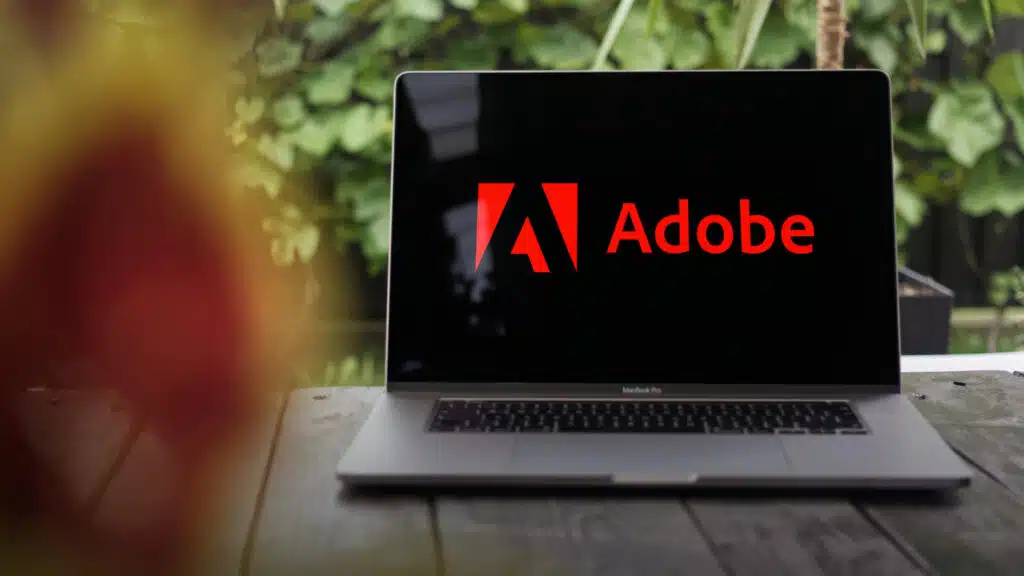The News: PegaWorld iNspire, the workflow automation and decisioning platform company’s annual user conference, focused largely on the topic of artificial intelligence (AI), and how its many types and forms can be applied within the Pega platform to not just improve worker productivity or efficiency, but also support digital transformation efforts by enabling the creation of more nimble, flexible, and scalable applications, tools, and workflows.
The company also announced enhancements to its Pega GenAI Blueprint tool, which is designed to reduce the time and effort in creating applications and workflows by providing a planning platform powered by Pega’s institutional workflow and process knowledge, augmented by LLM technology. Pega also introduced a reimagined approach to training that incorporates generative AI to help simulate 1:1 training and tutoring.
You can read the press releases detailing the news from the conference at Pegasystems’ web site, covering the company’s new partnerships with AWS and Google, Pega GenAI Blueprint, Pega GenAI Socrates, and a survey that explored business decision makers’ use of generative AI.
PegaWorld iNspire Focuses on Enabling the Autonomous Enterprise
Analyst Take: Pegasystems announced several new enhancements to its decisioning and workflow platform at PegaWorld iNspire, its annual user conference held in Las Vegas. The company also highlighted its center-out approach to delivering AI and business rules, which will help drive more automation and workflow efficiencies across the entire organization.
Pegasystems says its focus is to enable what it calls the autonomous enterprise, an organization in which AI – including analytics, predictive, and generative – each play an important role in improving the work, processes, and decisions that are used to service clients, and architected in a way that is continuously optimized. Essentially, the company is focused on providing AI that can support the enhancement of productivity, enable more powerful decisioning, and drive digital transformation efforts.
At PegaWorld, the company highlighted several announcements that support this aim:
- Improvements to Pega GenAI Blueprint. The application and workflow design planning application uses an intuitive interface, combined with generative AI, to help users turn ideas into interactive ‘blueprints’ that serve as a foundation for applications. Announced in February 2024, the product has been adopted more quickly than any offering in the company’s history, with more than 30,000 Blueprints created in nearly 500 organizations since becoming available in April. The company has said that the goal is to help organizations achieve a 50 percent efficiency gain when developing applications, and Blueprint is seen as a key catalyst.
The ability to import existing, legacy business process models will be available at the end of June, and support for additional legacy inputs such as process documentation and app screens will be available in the third quarter of 2024, according to the company. Previews of the ‘live’ app across various channels will also be available at the end of June.
Another interesting aspect of Blueprint is that Pega partners can upload their own process templates into Pega’s best practices documentation library, and then leverage them in Blueprint.
- Pega GenAI Socrates Helps to Reimagine Application Training. Pega has overhauled its approach to application training, announcing a generative AI-based tutor called Pega GenAI Socrates. Available within Pega Academy, the tool is designed to create individualized and interactive lessons that automatically adapt to each student’s vertical industry, skill level, and learning needs, by ingesting company training and knowledge sources and using generative AI to pose questions and dialogue back to learners, which is known as the Socratic teaching method.
- Models from AWS, Google Cloud, and Anthropic are Now Available through Pega GenAI. Pega is taking an agnostic approach to LLMs, offering pre-built connectors that allow it to link Pega GenAI to a whole range of external GenAI models, including the ability to add models from AWS, Google Cloud, and Anthropic to applications. This central architecture offers companies greater efficiency and the ability to select the best model for specific use cases and scenarios.
Pega’s Approach to AI, Application Development, and the Autonomous Enterprise
Pegasystems has taken an interesting approach to AI, and how it will be delivered to customers. CEO Alan Trefler explained at PegaWorld iNspire that the typical enterprise architecture, which locates business rules and AI in either front-end channels or into the underlying back-end systems, is fundamentally inefficient and limiting. When businesses seek to make changes or incorporate new processes and data (which increasingly will be common due to the use of AI), continuous optimization processes are harder to implement across the organization, due to the siloed nature of organizations.
Trefler says it will be essential for businesses to embed AI in all its forms into workflows, using what he calls Pega’s center-out approach to business architecture. By changing workflows and deploying in the center of the organization via a central platform provided by Pega, changes can instantly flow across the web channel, front-end, and back-end systems. This center-out approach is the cornerstone of Pega’s future strategy and is focused on helping to deliver the autonomous enterprises of the future.
This strategy, while making sound sense, may be challenging for some organizations to implement, given the fragmented way many of their systems have been implemented. Pega customers have said that the adoption of the Pega platform can be challenging at first, as the powerful platform has a non-insignificant learning curve, in terms of fully leveraging its benefits.
However, the company’s announcement of Pega GenAI Socrates should help both customers and prospects dig in and ensure that users can more quickly get to proficiency with the platform. In addition, because Pega has implemented a plethora of low-code tools, application and workflow development time is far reduced from traditional development environments.
Most interestingly, the launch of Pega GenAI Blueprint a few months ago will likely be a catalyst for growth within Pega. CEO Trefler noted in a roundtable with analysts that Pega is focused on deepening relationships with its existing customers, given the huge opportunity to further optimize workflows and processes across a wide range of functions and departments. Blueprint enables workers within these departments to easily and efficiently draw up their ideal application or workflow, and share and iterate with colleagues and IT, ensuring that it meets all requirements, including internal department needs, customer requirements, and regulatory guidelines and rules.
Pega’s success with Blueprint thus far is evidence that the tool is resonating with customers. Since it is available on the web, free of charge at Pega.com, it may also serve as a solid lead-generating engine for the company.
One of the key interesting takeaways from the event was the acknowledgment from Pega’s CTO Don Schuerman that the company’s generative AI tools – while highly functional and effective – may not be a key differentiator for the company. He rightly noted that many customers have generative AI productivity tools, chatbots, and assistants, which, over time, will ultimately feature equivalent levels of functionality and become table stakes.
Trefler, Schuerman, and other leaders at Pega believe the company can truly differentiate itself around the use of AI to automate and improve workflows, powered by 40-some years of experience working with their customers across a variety of industries. Pega is well positioned to help usher in the autonomous enterprise, thanks to its deep domain experience and expertise around processes and workflows, combined with their open, model-agnostic approach to incorporating LLMs and center-out approach to deploying business rules and AI.
Disclosure: The Futurum Group is a research and advisory firm that engages or has engaged in research, analysis, and advisory services with many technology companies, including those mentioned in this article. The author does not hold any equity positions with any company mentioned in this article.
Analysis and opinions expressed herein are specific to the analyst individually and data and other information that might have been provided for validation, not those of The Futurum Group as a whole.
Other Insights from The Futurum Group:
Deconstructing Generative AI – Six Five On the Road, with Pegasystems
Pega Introduces New Generative AI Assistant
Generative AI’s Current State, Challenges, and Industry Adoption
Author Information
Keith Kirkpatrick is Research Director, Enterprise Software & Digital Workflows for The Futurum Group. Keith has over 25 years of experience in research, marketing, and consulting-based fields.
He has authored in-depth reports and market forecast studies covering artificial intelligence, biometrics, data analytics, robotics, high performance computing, and quantum computing, with a specific focus on the use of these technologies within large enterprise organizations and SMBs. He has also established strong working relationships with the international technology vendor community and is a frequent speaker at industry conferences and events.
In his career as a financial and technology journalist he has written for national and trade publications, including BusinessWeek, CNBC.com, Investment Dealers’ Digest, The Red Herring, The Communications of the ACM, and Mobile Computing & Communications, among others.
He is a member of the Association of Independent Information Professionals (AIIP).
Keith holds dual Bachelor of Arts degrees in Magazine Journalism and Sociology from Syracuse University.







